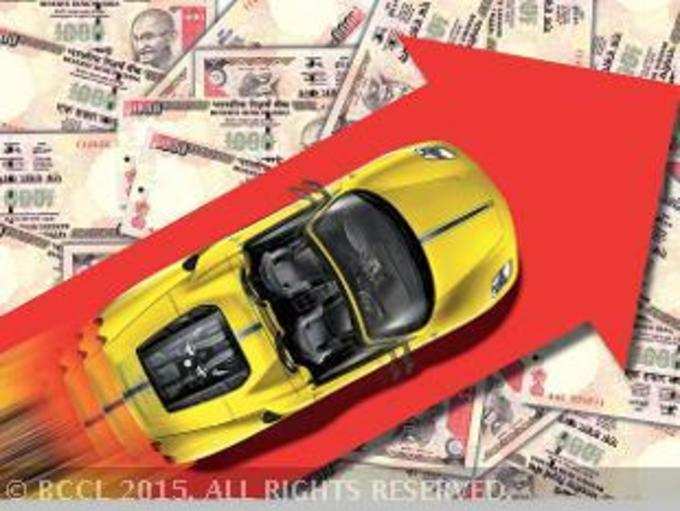 Unexpectedly, 35 per cent of the sales of luxury brands in India are coming from non-metro cities like Aurangabad, Ludhiana, Kochi and Bellary, and it has posed a challege to
Unexpectedly, 35 per cent of the sales of luxury brands in India are coming from non-metro cities like Aurangabad, Ludhiana, Kochi and Bellary, and it has posed a challege to The report, titled 'Emerging Consumers of Luxury, India tier 2 and 3', states that despite low engagement and outreach by luxury brands, sales through references in tier 2 and tier 3 cities are twice as much as those in the metros, and that the growth rate of luxury product and service consumption these cities has been outpacing metros for the past three years. The key Indian cities which contribute to the rising luxury and premium goods consumption are Ahmedabad, Pune, Nagpur, Hyderabad and Ludhiana, which account for 16 per cent of total luxury sales.
The report is based on data collected from both primary and secondary sources and respondents included both male and female high-networth individuals in the age group of 20-55 years with an annual household income of over Rs 1 crore. The report covered tier 2 and tier 3 towns like Chandigarh, Ludhiana, Kanpur, Coimbatore, Anand, Bhopal, Patna, Kochi and Rajkot. According to the report, consumers valued quality the most in luxury products at 75 per cent, followed by the luxurious aspect (69 per cent), style (64 per cent), modernity (63 per cent) and reliability (61 per cent).
"I definitely feel that there are a lot of luxury buyers in the interiors of India, a section that is still largely unexplored by brands. We've only touched the tip of the iceberg in the main metros," said Sanjay Kapoor, founder and managing director of Genesis Luxury, which sells brands like
While men like to spend on
"The smaller cities have huge spending capacities and we end up underestimating them. It is our privilege to have a loyal customer base from these cities. People are indulging in luxury of all kinds. Be it cars, watches, fine dining, thematic weddings and elaborate wedding trousseaus and luxury holidays. High-priced watches from the Swiss watch brands are preferred and bought and we provide a huge variety which they keep coming back for," said Yasho Saboo, CEO and founder of Ethos Watch Boutique, which sells brands like Carl F Bucherer, Omega, Rado and Longines in India.
Arvind Singhal, chairman of
Rajat Wahi, partner and head consumer markets at
"This is primarily since the market for luxury automobiles and jewellery outside the metros is now larger. A German luxury car maker estimated 60 per cent of its sales to be outside of Delhi and Mumbai," he added.
(Image credit: BCCL)